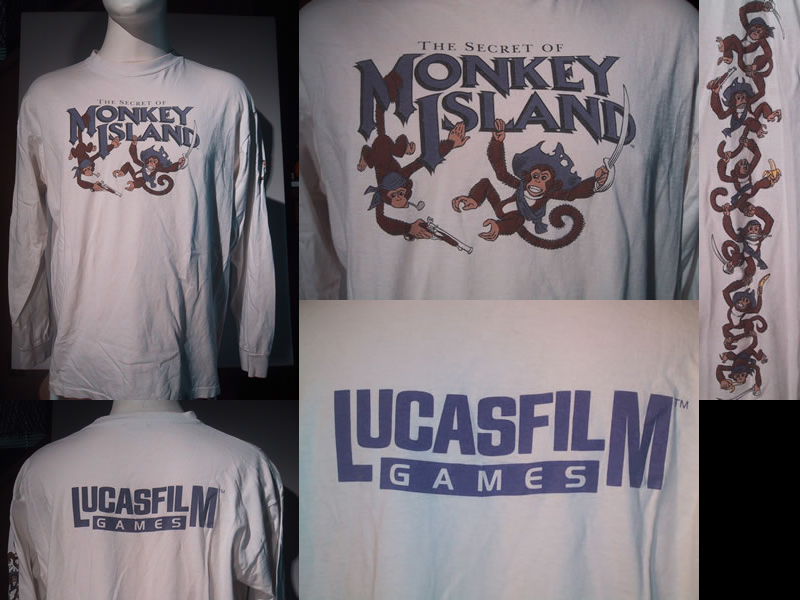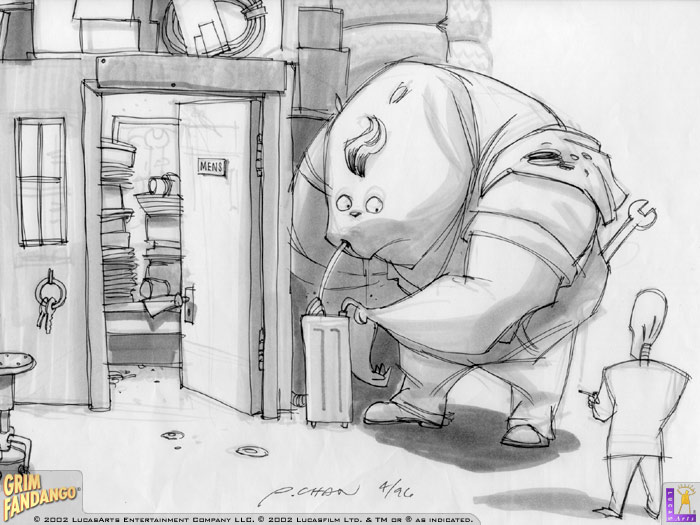An article by elTee.
Antiques, eh. At face value the whole business doesn’t really make much sense does it – a product is made, it is bought by people, and the eventually it becomes obsolete and replaced by a newer model. Better quality materials, greater longevity, more RPM, higher output value, whatever. But then one day, inexplicably, the old, useless, obsolete version pulls up out of its tailspin and begins to climb. Higher and higher, it rises and rises until eventually its value far outweighs it’s modern counterparts. Why?

Well, anyone who’s ever collected anything will probably be able to tell you. This bizarre human compulsion to amass every single variety of a particular product line is the reason antiques are such big business. Take postage stamps, for example. These little square pieces of gummed paper serve only one purpose – put them on an envelope, and the post office will take it away from you and deposit it at the address declared. You buy the stamp, you put it on the envelope, ba-da-bing ba-da-boom, job done. Old stamps are useless – the post office don’t accept them, because the price of postage is always raised by inflation. I mean technically, I suppose, if you plaster an envelope with old 1d stamps until it all adds up to 30p, they might accept it – but you probably won’t have much room left to write the address on, and it will take you a lot of licking and sticking. The sensible thing to do is to go into a post office and just buy a modern stamp for 30p. That will do the trick.
Yet an old Penny Black stamp will set you back around about $3000.
The reason for this is, as you know, that people collect postage stamps. So many people do it that there’s even a word for them; philatelists. When so many people collect something which was never originally designed to be collectable, the oldest examples become extremely rare – primarily, they just don’t survive the tides of time. They are thrown away to clear space, destroyed by fire / flood, or in the case of postage stamps, recycled. The ones that do survive are then hotly fought over, and become valuable. You know how it works, it all makes sense – someone has a Penny Black stamp, they know a friend who collects stamps, so they offer it to him. Suddenly, another collector turns up, and thinks to himself “man, that Penny Black would really be the piece de resistance in my own collection” so he offers the man $10 for it. The man is pleased, because as far as he’s concerned, $10 is more than this tiny old piece of paper is worth. But then the other guy gets annoyed. He’s not going to lose out on this rarity for the sake of something so common as money, so he goes wild – he knows it’s not worth it, but what the hell; “I’ll give you $20 for it!”
Now, imagine this situation with 200 buyers. You see how it escalates. And of course, once a collector gets his hands on the fabled Penny Black, he won’t sell it for love nor money. So that means that there’s one more off the market, and the remaining ones go up in price accordingly. Magic.
What the hell are you gibbering about you fiend? I hear you cry. This is Mix-and-fucking-Mojo not The Antiques Roadshow!
Well said. Back to the point.
The point is, people collect everything. You name it, someone has a collection, somewhere. People are strange like that. I bet you have a collection. And as you’re reading an article by elTee on MixnMojo.com, you must be a pretty damn hardcore LucasArts fan. I don’t need a degree in mathematics to add this one up. Not that I have one.
But I’m going to digress again, because if I didn’t Remi would demand his money back. When you ask for an article by this man, you expect a few thousand unnecessary words. That’s just the way it is, sadly. I wish it weren’t true, but I can’t help myself. See?

Movies. They started out a bit like games, really. A bit of fun for the masses, but it’s not art darling. It’ll all die down soon, just you see. Ask anyone you want, they’ll tell you the same thing – if you want to watch Shakespeare, you go to the theatre! To hell with the fact that the stage is two miles from the seat, that’s why they invented binoculars. It’s in colour and I can hear the words! It is quite irrelevant that I don’t understand them, because we all know that is not the point. Charlie Chaplin indeed! Whatever next.
But movies had a single ace up its sleeve, and it played it to perfection: it’s not live. This meant that any old charlatan could stand in front of a camera and announce that they were going to make a rabbit appear out of thin air, then clap their hands and wait while the assistant stopped the camera and placed a rabbit on the empty pedestal, then turned the camera back on. Ye Gods! The man is a wizard. This incredible technique (we call it editing) was useful for all kinds of things, and as such movies flourished with smash hits like Ben Hur and Quo Vadis. By 1932, they were everywhere! One film released in this year was the classic horror, The Mummy. That movie was huge! Around the watercoolers (or… whatever) people all over the world were saying “Have you seen The Mummy? My God you must go!”
Cue another revelatory statistic
In 1997, an original poster for this movie was sold at Sotheby’s in New York for the staggering sum of $450,360. I have this fact from a listing produced in the year 2000, and even then this was only the third most expensive piece of movie memorabilia in history. It’s insane. That’s not even the fucking movie – you can’t put it into a projector and watch it, all you can do is put it up on the wall and look at it. Except you wouldn’t dare to, because it would be worth more than the building whose wall it adorns. Madness.
Guess what. I once payed someone £50 to own the triangular box that some early versions of Day Of The Tentacle was released in.
So, dear readers, I’ve finally reached the point.
The games industry is currently in an interesting position. While it started out some thirty-or-so years ago as a way for bored computer science students to pass the time while everyone else was in the pub, it is now a multi-billion dollar global industry. Hell, Halo 2 made $125 million on the first day of release. Nothing, and I mean nothing makes that kind of money unless a lot of people are involved. In our own lifetimes games have gone from being just another line of toys, on a par with action figures and comics, to something entirely bigger. More money is spent on games than on literature every year. Yet despite this, the general media perception of games is strikingly similar to those perceptions of movies a hundred years ago. Sure, they’re fun, but it’s not art bitch. But, like movies before them, games too have a spectacular ace up their sleeve: they’re interactive.[/p
Is it so hard to believe that by the end of this century, the games industry will be as respected and revered as the Hollywood of today? I don’t think so. But there’s an interesting difference between the way games and movies started out in this world. Observe:
When movies began, there was only one way to see them – in a cinema. You had no way of watching them at home, so there was nothing for sale. This makes old movie memorabilia extremely rare, and as such, more valuable. Games, however, are designed to be used at home. They’re made for the individual, not an audience. The interesting thing is, despite the industry being only a fraction as successful as it is now, early games were released in huge boxes with elaborate artwork, and contained all sorts of gimcracks designed to prevent copyright piracy. This website is even named after such a device, the ‘MixnMojo wheel’ from Monkey Island 2. However, they were mass produced, and as such nowhere near as rare as their movie equivalents. But here’s the thing – no-one took care of these things. They were piled up underneath the computer table, and eventually once ones game collection became too big to store, the intervention of mother would invariably result in many boxes and the corresponding paraphernalia being thrown into the bin. After all, the disk is the important thing, and besides – this is an old one! You don’t even play it anymore.
So, whilst old movie memorabilia is rare for the fact that it was in limited production, old game memorabilia is rare for the fact that games, uniquely out of the four main arenas of entertainment (movies, music, games, literature) don’t age well. The Beatles still sell a million CD’s every week (maybe) and The Canterbury Tales, while not on the bestseller list, is still in demand enough to warrant reprint after reprint. Who amongst you hasn’t bought a ‘Special Edition’ DVD of your favourite movie? But games, games are different. If it doesn’t have the latest graphics, or you can’t play it online against all your friends, people don’t want to play it.
So it will be that one day in the very distant future, when someone from this very community sells an original “Maniac Mansion (boxed, IBM)” at Sotheby’s, a thousand cries of “d’oh!” will ring out across the world. Because LucasArts games aren’t just ‘old games’. They’re bloody good old games. Hell, look at us – we’re a huge community considering we’re based around a game that turns fifteen this October. Time will be kind to the LucasArts adventures, because almost everyone who has come into contact with them has fond memories of them.
I suppose I’ve taken a very roundabout way of saying: don’t sell your old games. They’re going to be worth something one day. Trust me. You owe it to your kids.
Mahalo.
elTee